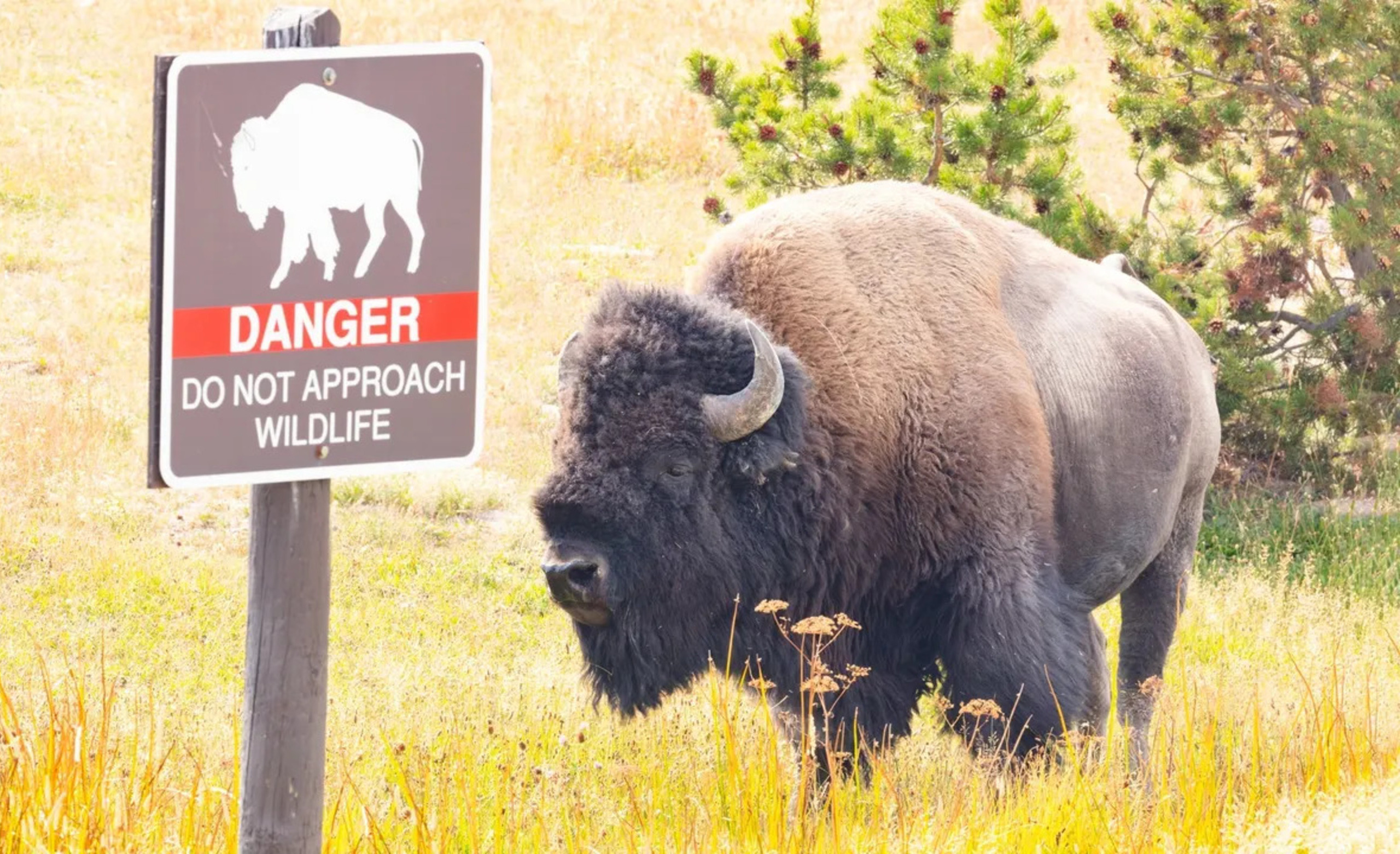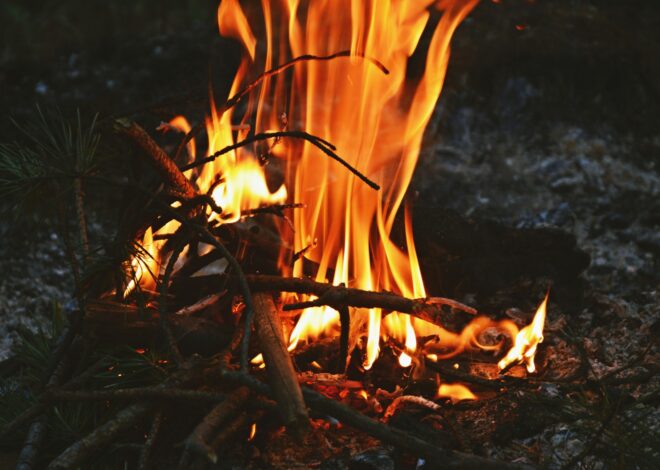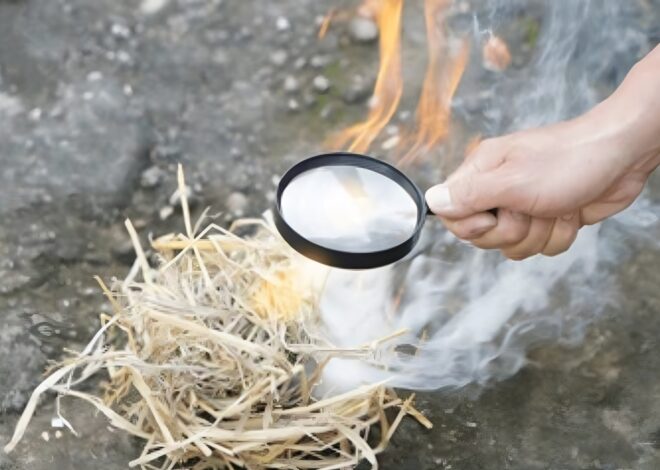
How To Survive A Bison Attack
Welcome to our comprehensive guide on how to survive a bison attack. Picture this: you’re out in the wild, surrounded by the beauty of nature, when suddenly, a massive bison appears on the horizon. Your heart races as you realize you’re face to face with one of North America’s largest land animals.
How would you react? In this blog post, we’ll delve into everything you need to know about surviving a bison attack. From understanding their behavior to crucial safety tips, we’ve got you covered. So lace up your hiking boots and get ready to learn how to stay safe in bison country!
Understanding Bison Behavior
Bison may seem docile, but they are wild animals with unpredictable behavior. These massive creatures can weigh up to 2,000 pounds and reach speeds of 35 miles per hour when agitated. When feeling threatened, bison will display warning signs like pawing the ground, snorting, or raising their tails. Understanding these cues is crucial in avoiding a potential attack.
During mating season or calving season, bison can be more aggressive as they protect their territory or young. It’s important to give them plenty of space and never approach too closely. Remember that bison are protective of their personal space and can become defensive if you invade it.
By recognizing these behavioral patterns and respecting the natural instincts of bison, you can minimize the risk of an encounter turning dangerous. Always maintain a safe distance and observe from afar to ensure both your safety and the well-being of these magnificent animals in their habitat.
Tips for Avoiding a Bison Encounter
When venturing into bison territory, it’s crucial to be aware of their presence and habits. To avoid a potential encounter with these massive animals, stay alert and observant of your surroundings. Bison are typically found in grasslands and meadows, so keep an eye out for any signs of their presence such as tracks or droppings.
It’s advisable to make noise while hiking in bison areas to alert them of your presence. This can prevent surprising them and potentially triggering defensive behavior. Additionally, sticking to designated trails can help reduce the chances of stumbling upon a bison unexpectedly.
Keep a safe distance from bison at all times – they may appear calm but can become agitated quickly if they feel threatened. If you spot a bison in the distance, give it plenty of space and avoid approaching it. Remember, respecting their habitat is key to avoiding unwanted encounters.
What to Do if You Encounter a Bison
If you find yourself face to face with a bison, it’s crucial to remain calm. Do not run or make sudden movements as this can trigger the animal’s instinct to charge. Instead, slowly back away while keeping your eyes on the bison. Give the animal plenty of space and try to move towards a safe area.
In the event that the bison starts to approach you, stand your ground and make yourself appear larger by raising your arms or jacket above your head. Maintain eye contact with the bison but avoid direct staring which can be seen as aggressive behavior.
If the bison charges towards you, seek cover behind a large tree or rock if possible. Try to put obstacles between you and the bison to break its line of sight. Remember, running is not an option as bisons are surprisingly fast despite their size.
By staying composed and following these guidelines, you increase your chances of safely navigating an encounter with a bison in the wild.
The Importance of Giving Bison Space
When it comes to encountering bison in the wild, one of the most crucial things to remember is the importance of giving these powerful animals their space. Bison are large and unpredictable creatures, known for their agility despite their size.
Approaching them too closely can trigger defensive behaviors, putting both you and the bison at risk. By respecting a bison’s personal space, you reduce the likelihood of agitating or startling them. Remember that these majestic beasts have a natural instinct to protect themselves and their herd if they feel threatened.
Keeping a safe distance allows them to go about their business without feeling pressured or provoked. Maintaining a respectful distance not only ensures your safety but also contributes to preserving the well-being of these magnificent animals in their natural habitat.
Observing from afar provides an opportunity to appreciate these incredible creatures in a way that is mutually beneficial – allowing them to thrive undisturbed while you admire them from a safe distance.
Safety Precautions While Hiking in Bison Areas
When hiking in areas where bison roam, it’s crucial to prioritize safety above all else. To minimize the risk of encountering these massive animals, always stay alert and keep an eye out for any signs of bison activity such as tracks or droppings.
Make sure to stick to designated trails and avoid venturing into dense vegetation where bison may be hiding. Additionally, it’s wise to hike in groups rather than alone, as larger numbers can help deter potential bison encounters.
If you do come across a bison during your hike, give them plenty of space by slowly backing away without turning your back on them. Remember that bison are unpredictable creatures and should never be approached or provoked.
Carry bear spray or another deterrent with you as a precautionary measure, but remember that prevention through awareness and caution is key when exploring areas inhabited by these powerful animals. Stay safe and respect the wildlife around you while enjoying the wonders of nature!
Common Mistakes to Avoid During a Bison Attack
When facing a bison, avoid making sudden movements or loud noises that may startle them. It’s crucial to stay calm and composed during an encounter. Running away from a charging bison is a big mistake as they can reach speeds of up to 35 miles per hour – you won’t outrun them!
Do not approach bison for selfies or try to pet them; they are wild animals and should be respected from a distance. Another common error is underestimating the size and strength of bison. These massive creatures can easily toss humans into the air with their powerful horns.
Ignoring warning signs in bison habitats is risky behavior – these signs are there for your safety, so heed their warnings! Never attempt to feed bison as this can alter their natural behavior and make them associate humans with food, leading to dangerous situations for both parties involved.
Remember, prevention is key when it comes to avoiding potentially life-threatening encounters with bison.
How to Treat Injuries from a Bison Encounter
If you find yourself injured after a bison encounter, it’s crucial to prioritize your safety and seek medical attention immediately. Assess the severity of your injuries and call for help if needed. For minor cuts or bruises, clean the wound with water and apply antiseptic ointment to prevent infection.
Use bandages or gauze to cover the injury and keep it clean as it heals. In case of more serious injuries like broken bones or deep wounds, do not attempt to self-treat. Wait for professional medical assistance to arrive before moving too much.
Remember that bison encounters can be unpredictable, so it’s essential to stay vigilant even after the initial incident. Monitor any symptoms that may develop post-encounter and report them to healthcare providers promptly.
Prioritize your well-being above all else in these situations, and don’t hesitate to reach out for help when needed.
Conclusion
Being aware of bison behavior and following safety guidelines can significantly reduce the risk of a bison encounter turning dangerous. Remember to stay calm, give them space, and slowly back away if you come across one in the wild.
By respecting these majestic animals and taking precautions while hiking in their territory, you can enjoy nature safely and peacefully. Stay informed, be cautious, and appreciate the beauty of wildlife from a safe distance for an unforgettable outdoor experience.



